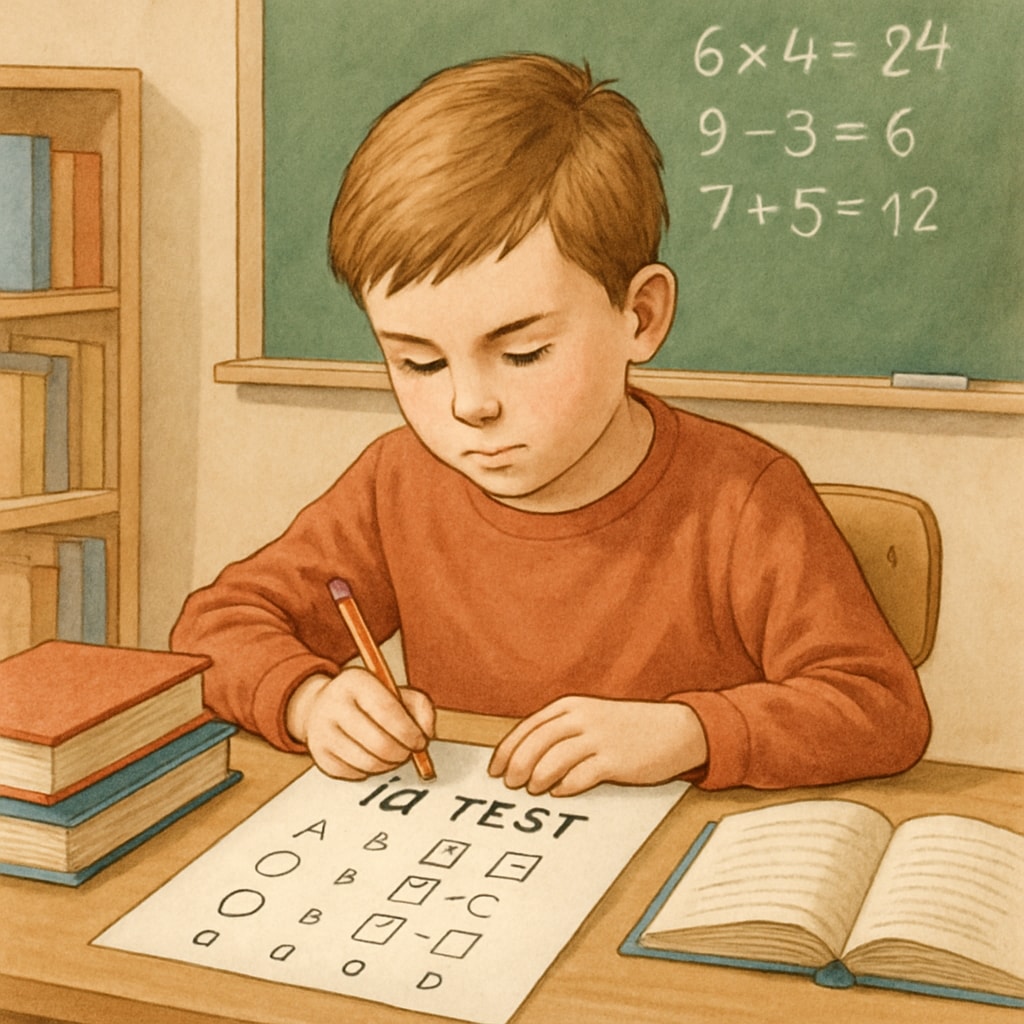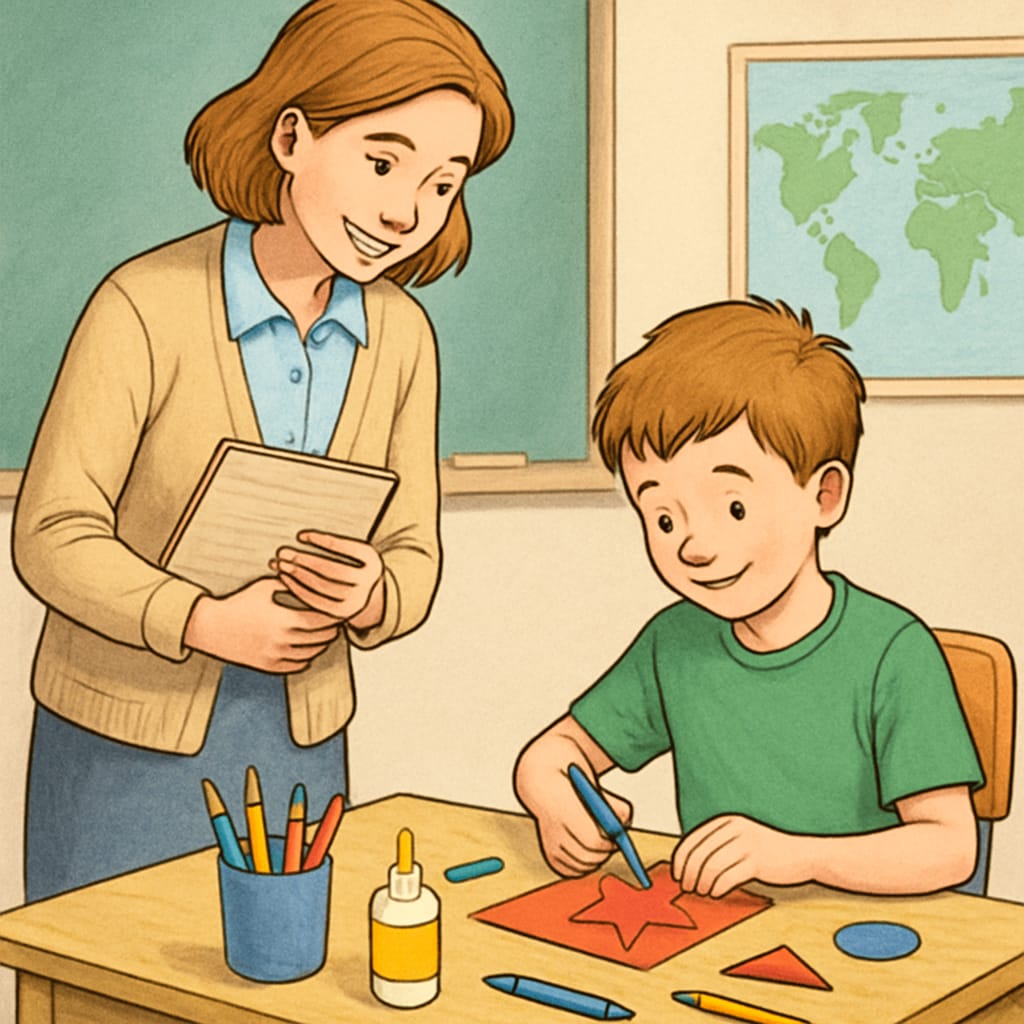Identifying and nurturing the unique talents of gifted children is a task that requires precision, care, and a deep understanding of their abilities. Standardized tests such as the CogAT, WISC, and Stanford-Binet are commonly used tools for assessing intellectual and creative potential. However, no single test can fully capture a child’s multifaceted talents. By integrating these tools with observational and performance-based evaluations, parents and educators can craft personalized development paths tailored to each child’s needs.

Understanding the Core Standardized Tests for Gifted Children
When it comes to determining giftedness, several well-established tests are frequently recommended. Each of these tests offers unique insights into a child’s cognitive abilities, but they also come with specific strengths and limitations:
- CogAT (Cognitive Abilities Test): The CogAT evaluates a child’s reasoning and problem-solving skills across verbal, quantitative, and nonverbal domains. It is particularly useful for identifying children with uneven skill distributions but may not fully measure higher-order creative thinking.
- WISC (Wechsler Intelligence Scale for Children): This widely used IQ test assesses verbal comprehension, working memory, and processing speed. While it provides a detailed cognitive profile, it can sometimes overlook talents in non-academic areas.
- Stanford-Binet Intelligence Scales: Known for its depth, the Stanford-Binet measures five factors of cognitive ability, including fluid reasoning and knowledge. However, its length and complexity may challenge younger children.
Each of these tests serves a specific purpose, making them invaluable tools for initial assessments. However, they are best utilized as part of a broader evaluation strategy.
Beyond Standardized Testing: The Case for Multi-Dimensional Evaluation
While standardized tests are a critical starting point, relying on them exclusively risks oversimplifying a child’s abilities. Giftedness often manifests in diverse ways, including artistic creativity, leadership, and emotional intelligence—areas that these tests may not adequately measure. Therefore, a multi-dimensional evaluation approach is essential.
Multi-dimensional evaluation typically includes:
- Observation: Teachers and parents play a key role in identifying gifted behaviors such as curiosity, persistence, and problem-solving in everyday settings.
- Performance assessments: These involve tasks or projects that allow children to demonstrate their skills and creativity in real-world contexts.
- Interviews and self-reports: Engaging directly with children can provide insights into their interests, motivations, and unique ways of thinking.

Creating a Personalized Development Path
Once a child’s abilities are assessed through both standardized and multi-dimensional methods, the next step is crafting a development plan that highlights their strengths while addressing areas of growth. This involves collaboration among parents, educators, and specialists to ensure that the child’s educational environment is both challenging and supportive.
Key components of a personalized plan include:
- Enrichment programs: Supplementing regular curriculum with advanced topics and extracurricular activities.
- Social-emotional support: Providing guidance to help gifted children navigate challenges such as perfectionism or feeling isolated from peers.
- Regular reassessments: Monitoring progress and adjusting the plan as the child grows and their interests evolve.
By integrating these elements, children can reach their full potential in a way that respects their individuality and fosters holistic development.
Conclusion: Focusing on the Whole Child
The journey to identifying and nurturing gifted children is as complex as the children themselves. While standardized tests like CogAT, WISC, and Stanford-Binet provide valuable starting points, they should not be viewed as the sole measure of a child’s abilities. Combining these tools with observation, performance assessments, and emotional support creates a well-rounded evaluation framework. Ultimately, the goal is to respect each child’s unique potential and provide the resources and encouragement they need to thrive.
By embracing a multi-dimensional approach, parents and educators can move beyond numbers and cultivate the diverse talents of gifted children, ensuring that their abilities are not only recognized but also celebrated and nurtured.


